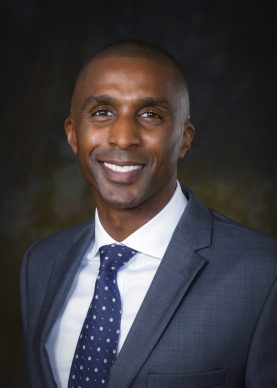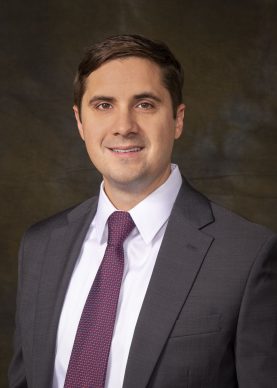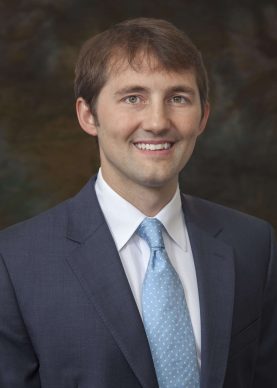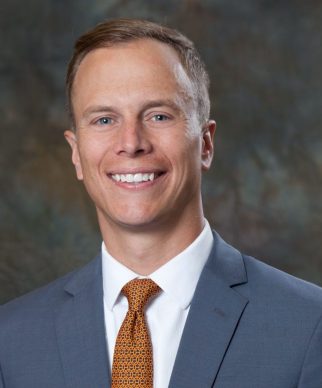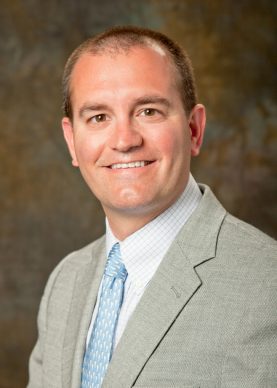Diagnosis and Treatment of Tennis Elbow in Wake County
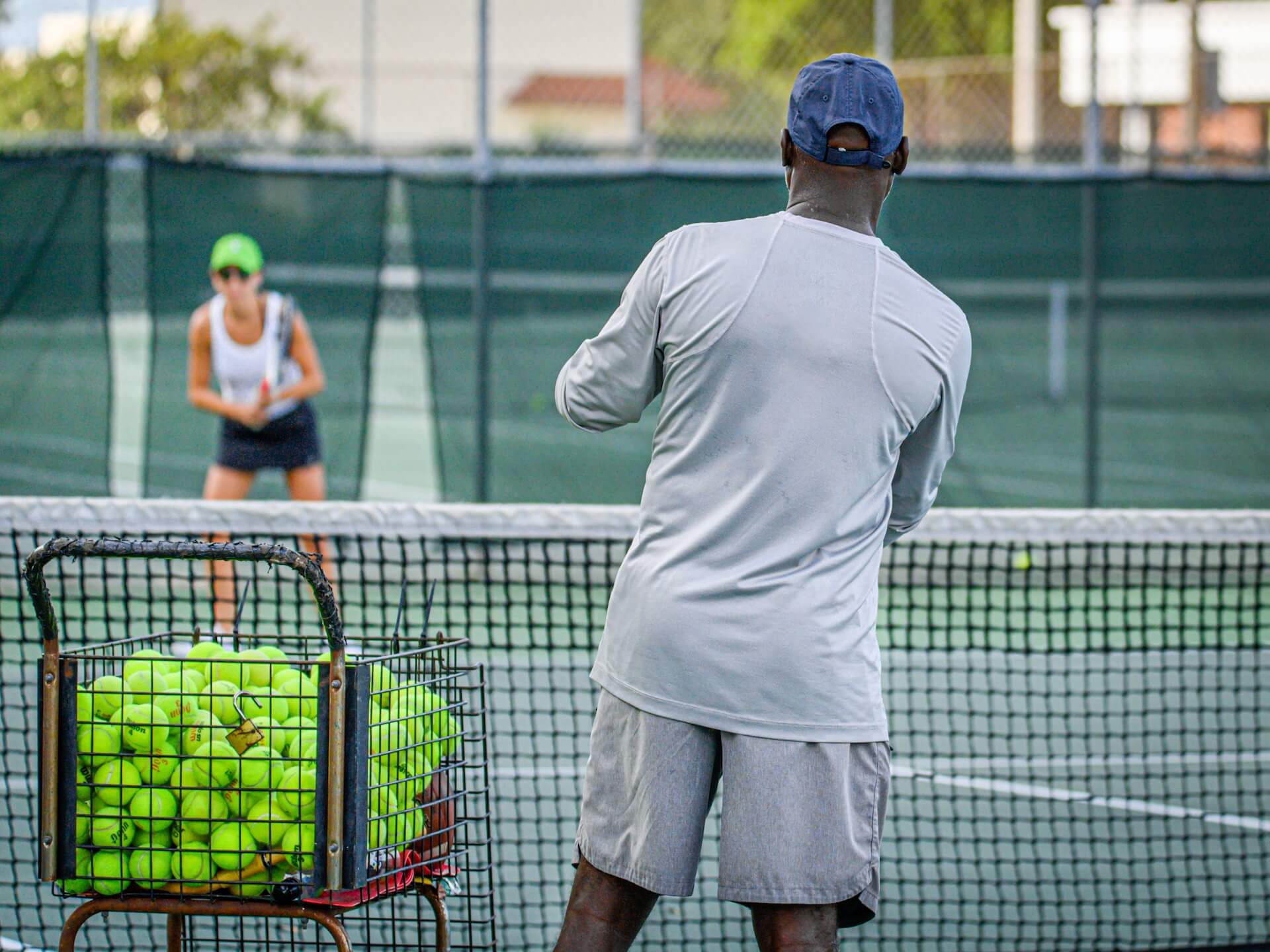
What is Tennis Elbow?
Tennis elbow, or lateral epicondylitis, is a painful condition of the elbow caused by overuse. Playing tennis or other racquet sports can cause this condition; hence the name, however several other sports and activities can also cause tennis elbow. The condition is an inflammation of the tendons that join the forearm muscles, which can lead to pain and tenderness on the outside of the elbow.
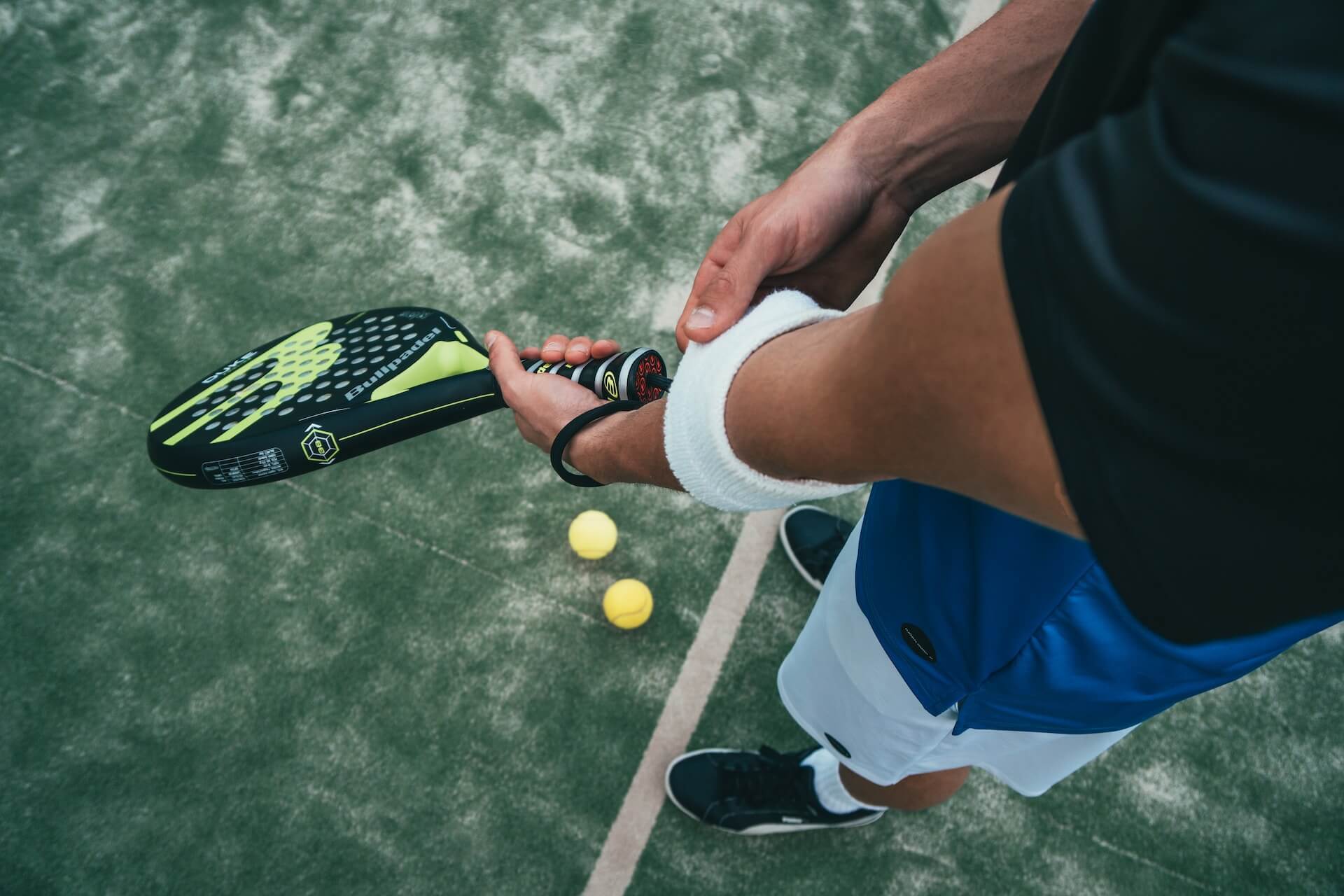
Causes of Tennis Elbow
Overuse
Tennis elbow is often caused by damage to a specific forearm muscle: the extensor carpi radialis brevis muscle, which helps stabilize the wrist when the elbow is straight. When the muscle weakens from overuse, microscopic tears form in the tendon where it attaches to the lateral epicondyle, which leads to inflammation and pain. The ECRB may also be at increased risk for damage because of its position. As the elbow bends and straightens, the tendon rubs against bony bumps, which can cause gradual wear and tear of the muscle over time.
Activities
Athletes are not the only people who experience tennis elbow. Many people with tennis elbow participate in work or recreational activities that require repetitive and vigorous use of the forearm muscle. Painters, plumbers, and carpenters are particularly prone to developing tennis elbow. Studies have shown that auto workers, cooks, and butchers experience tennis elbow more often than the rest of the population due to the repetition and weight lifting required by these occupations.
Age
Most people with tennis elbow are between the ages of 30 and 50.
Unknown
Tennis elbow can also occur without any recognized repetitive injury, or it may have no known cause.
Symptoms of Tennis Elbow
The symptoms of tennis elbow develop gradually. Pain typically begins as mild and slowly worsens over weeks and months with no specific injury associated with the start of symptoms. Common signs and symptoms of tennis elbow include pain or burning on the outer part of the elbow and weak grip strength. Pain is worsened with forearm activity, such as holding a racquet, turning a wrench, or shaking hands, and most often occurs in the dominant hand. In some cases, though, both arms are affected.
How is Tennis Elbow Diagnosed?
Imaging tests are not often required to diagnose tennis elbow. A doctor will perform a physical exam to learn more about the pain an athlete may be experiencing, including its location. A doctor may ask the athlete to move their fingers, hands, and wrists to determine what movements are causing pain. Based on the physical exam, the doctor should have enough information to determine whether or not the patient has tennis elbow. While not common, imaging tests such as X-rays can be useful in ruling out other potential injuries.

Treatment for Tennis Elbow at Raleigh Orthopaedic
Approximately 80-95 percent of patients have success with nonsurgical treatment. Nonsurgical treatment methods for tennis elbow include:
- Rest: Giving your arm proper rest by stopping participation in sports or heavy work activities for several weeks is the first step to recovery.
- Non-steroidal anti-inflammatory medicines: Drugs such as aspirin or ibuprofen reduce pain and swelling
- Physical therapy
- Brace: Using a brace over the back of the forearm may help relieve symptoms of tennis elbow, by allowing the muscles and tendons to rest. Raleigh Orthopaedic offers the convenience of durable medical equipment for purchase at all of our clinic locations.
- Steroid injections: Steroids, such as cortisone, are very effective anti-inflammatory medicines. One of Raleigh Orthopaedic’s elbow specialists can inject the area around the lateral epicondyle with a steroid to relieve symptoms.
- Equipment check for proper fit: If you participate in a racquet sport, stiffer racquets and looser-strung racquets often reduce stress on the forearm. Changing to a smaller head racquet may also help prevent symptoms from recurring.
If symptoms do not respond after 6 to 12 months of nonsurgical treatments, your Raleigh Orthopaedic physician may recommend surgery. There are several different procedures for tennis elbow and most involve removing diseased muscle and reattaching healthy muscle back to bone. Tennis elbow surgery is considered successful in 80 to 90 percent of patients. Rehabilitation usually takes 6 to 8 weeks with light, gradual strengthening exercises and guided physical therapy after surgery.

Recovering from Surgery for Tennis Elbow
After tennis elbow surgery, you will be able to return to normal activity in about two to six weeks. Depending on your line of work, it could take anywhere from three to twelve weeks for a full return. It will most likely take between four to six months to be able to play sports again. A brace may be required when working or playing sports to take the stress off the elbow and forearm.
How Can I Prevent Tennis Elbow?
Because tennis elbow occurs as the result of physical activity, it is important to stop your activities if you feel any sort of pain. Make an attempt to avoid using your wrist and elbow more than the rest of your arm. If necessary, a coach or personal trainer may be able to assist in finding alternative methods for you to continue playing without pain. It is always important to stretch your arms before any sort of physical activity. A tennis elbow splint may also be beneficial while you are using the arm, to help you avoid further damage to the tendons.

Learn More About Hand, Wrist, and Elbow Treatment at Raleigh Orthopaedic
Your well-being is important to us. Raleigh Orthopaedic is Wake County’s oldest and most experienced orthopedic practice, serving the Triangle and surrounding regions of central North Carolina since 1919. We are proud to help athletes from all sports heal from orthopedic injuries and get back to doing what they love. Give us a call today or book an appointment online with one of our board-certified and board-eligible orthopedic surgeons in Wake County.
